The Convenient Dismissal
In 2018, Nickelodeon “parted ways” with Dan Schneider, their most profitable showrunner of the 2000s and 2010s. The timing was no accident. After decades of turning a blind eye to mounting complaints about his behavior—from verbal abuse to inappropriate content to concerning relationships with child actors—the network finally acted. Not because they suddenly discovered these issues, but because the cultural tide had shifted. The #MeToo movement had exposed Harvey Weinstein, the public was demanding accountability, and Schneider’s shows were no longer pulling the ratings they once did. He had become a liability rather than an asset.
This wasn’t a moral stand. It was corporate risk management dressed up as righteousness. Nickelodeon had profited from Schneider’s formula for over a decade, ignoring red flags while the money rolled in. They discarded him only when keeping him threatened their bottom line—a pattern as old as Hollywood itself.
Beyond the Allegations: Our Need for Spectacle
The specific charges against Schneider—ranging from creating a hostile work environment to inserting fetishistic content into children’s shows—have been well-documented elsewhere. This examination isn’t about relitigating those claims or determining their veracity. Instead, it’s about interrogating something deeper: our cultural relationship to this kind of spectacle and what it reveals about how we’ve commodified childhood itself.
Why did millions of children watch these shows? Why did parents allow it? Why did networks greenlight increasingly hollow content? The answers lie not in individual villains but in a system that transformed children from developing souls into consumable demographics.
The Adult Innuendo Defense
Adult humor in children’s programming is nothing new, nor is it inherently problematic. Disney’s Timon and Pumbaa, Nickelodeon’s own Rocko’s Modern Life, and modern masterpieces like Adventure Time all contain layers of meaning that sail over younger viewers’ heads while engaging older audiences. When done thoughtfully, this multilayered approach serves several purposes:
- It keeps older siblings watching with younger ones
- It engages parents forced to sit through countless rewatches
- It allows shows to grow with their audience
- It creates richer, more textured storytelling
The best examples of this—from classic Warner Brothers cartoons to Pixar films—use adult references as seasoning, not the main dish. They enhance rather than undermine the core message. Most importantly, they come from a place of respect for both children and adults as complete human beings worthy of intelligent entertainment.
The Schneider Formula: Profit Without Purpose
What distinguished Schneider’s approach wasn’t the presence of adult humor but its cynical deployment. His shows—iCarly, Victorious, Drake & Josh, Zoey 101—operated on a different principle entirely. They weren’t trying to tell stories or convey values; they were engineered to trigger psychological responses that would maximize viewership and merchandising opportunities.
It’s entirely plausible that Schneider was simply a hack writer working the formula that proved most profitable. Perhaps he lacked the artistic vision of better creators and defaulted to the lowest common denominator. But intent matters less than impact. These shows took every negative technological and cultural trope confronting children—from cyberbullying to beauty standards to fame obsession—and monetized them as comedy bits.
Art Versus Algorithm
The children’s television of previous generations, whatever its flaws, generally came from creators who liked children and wanted to help them. Shows like Mister Rogers’ Neighborhood, Sesame Street, even quirky Nickelodeon originals like Pete & Pete or Hey Arnold! contained genuine heart. They convinced kids it was okay to be weird, okay to be vulnerable, okay to trust the parts of themselves that felt different.
Paul Reubens (Pee-wee Herman) explicitly stated that his show aimed to help children believe in their own uniqueness. These creators used diversity and difference not as punchlines or political talking points but as fundamental truths about human experience. The networks, for all their commercial interests, were platforming people who actually believed in what they were making.
Contrast this with the Schneider era, where television became about identifying every new technological or cultural anxiety and exploiting it for profit. Shows stopped helping children process their world and started turning their confusion into content.
The Amanda Bynes Tragedy: Missing the Point
The accusations that Schneider tried to split Amanda Bynes from her parents—with each side calling the other abusive—illustrate the deeper dysfunction. Bynes, now a troubled adult with well-documented mental health struggles, wasn’t well-served by anyone in her orbit: not the network executives, not the showrunners, not even her own parents.
But fighting about who was “most abusive” misses the fundamental point. These shows shouldn’t have existed in their current form. They made the world worse. No one is better off for having watched them. They had no point, no value, and ultimately, no soul.
When we debate whether parents or executives bear more responsibility for exploiting child stars, we’re accepting the broken terms of a broken system. We’re having the wrong conversation entirely.
The Wrong Conversation
The real question isn’t “Who hurt these kids more?” It’s “Why did we create an entertainment ecosystem that turns childhood into a commodity?” When childhood itself gets industrialized, when vulnerability becomes a gimmick, when kids are seen not as developing souls but as current consumers and future brand ambassadors, we’ve already lost.
The Schneider shows didn’t just reflect bad trends—they codified them:
- iCarly made constant surveillance and self-broadcasting seem fun
- Victorious wrapped toxic beauty standards in fake empowerment
- Zoey 101 sold aspiration built on class fantasies and instability
- Characters never grew or learned—they reset each episode, existing only to deliver punchlines
These weren’t shows about kids or for kids. They were shows that used kids to make money.
What We Want Our Kids to Absorb
Even if these shows were profitable, even if they successfully pushed the right psychological buttons to keep children watching, that doesn’t make them good. It means we need to re-examine our values and ask ourselves what we want our children to absorb.
There’s a reason shows like Adventure Time resonate differently. That show grew up with its audience, offering multiple levels of meaning that evolved as viewers matured. Yes, it contains innuendo and winking adult jokes, but these elements serve the story rather than replacing it. Like the best literature, it works on multiple levels without sacrificing its core integrity.
The difference isn’t in the presence or absence of adult content—it’s in the intent and execution. Adventure Time trusts its audience. It believes children are capable of processing complex emotions and ideas. It doesn’t pander or manipulate; it invites viewers into a world where being weird, vulnerable, and authentic leads to growth and connection.
The Path Forward
The Schneider era represents a cultural low point, but recognizing it as such is the first step toward something better. A generation that grew up on these hollow shows is now adult, many of them parents, educators, and creators themselves. They’re asking harder questions about what children’s media should be.
Good children’s television has always been a profitable venture—Sesame Street and Mister Rogers proved that decades ago. But they were also artistic products that contained heart, conveyed values, and helped children trust themselves. They proved that commercial success and creative integrity aren’t mutually exclusive.
The challenge now is to demand better. To support creators who see children as full human beings rather than demographic targets. To recognize that when we settle for content that exploits rather than enriches, we’re not just failing our children—we’re failing our culture.
Dan Schneider’s shows are artifacts of an era when we forgot that children’s entertainment could be both profitable and meaningful. His dismissal wasn’t justice; it was a corporation protecting itself. Real change requires more than firing problematic individuals—it requires reimagining what we owe the next generation and having the courage to demand media that helps them become their fullest, weirdest, most authentic selves.
The world is indeed a worse place for this era of children’s television. Trying to find one Disney villain misses the point and helps no one. But recognizing that fact is the first step toward creating something better. Our children deserve media that sees them, respects them, and helps them grow. Anything less is a betrayal of the fundamental responsibility we have to the young minds in our care.

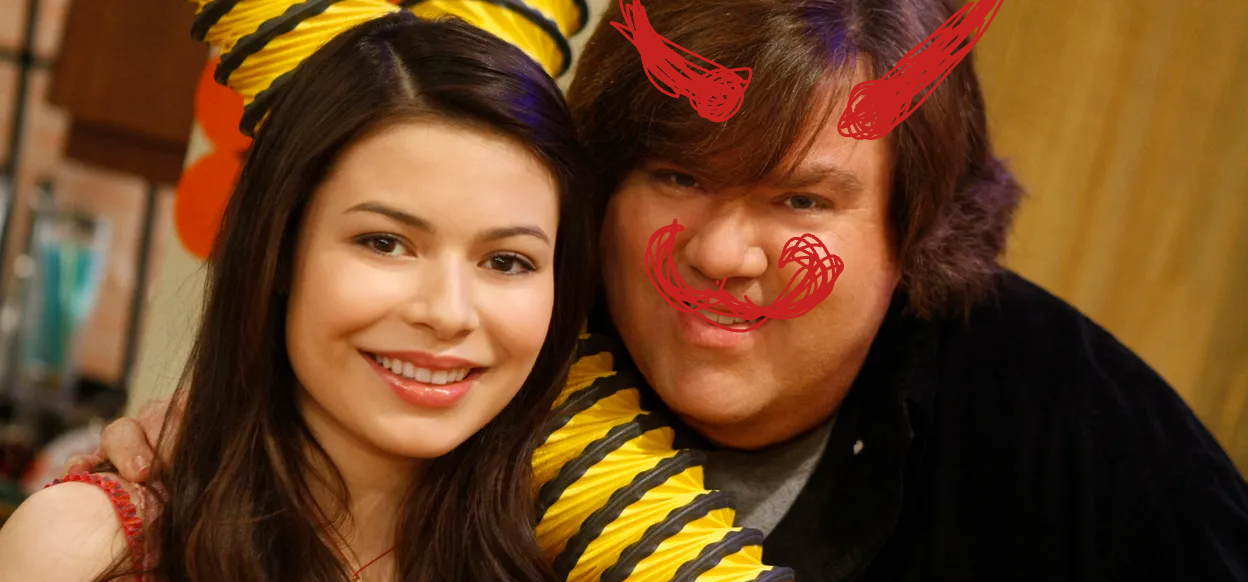





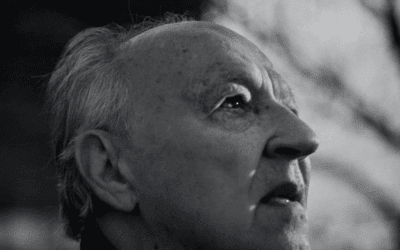

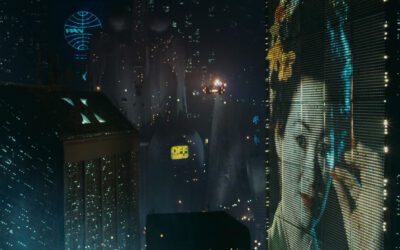
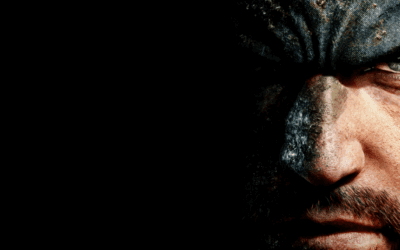



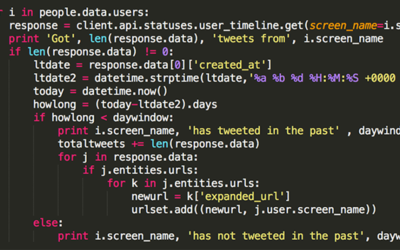
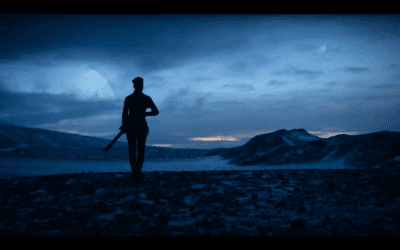






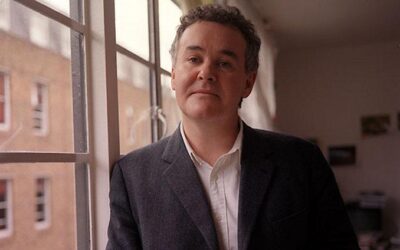




0 Comments